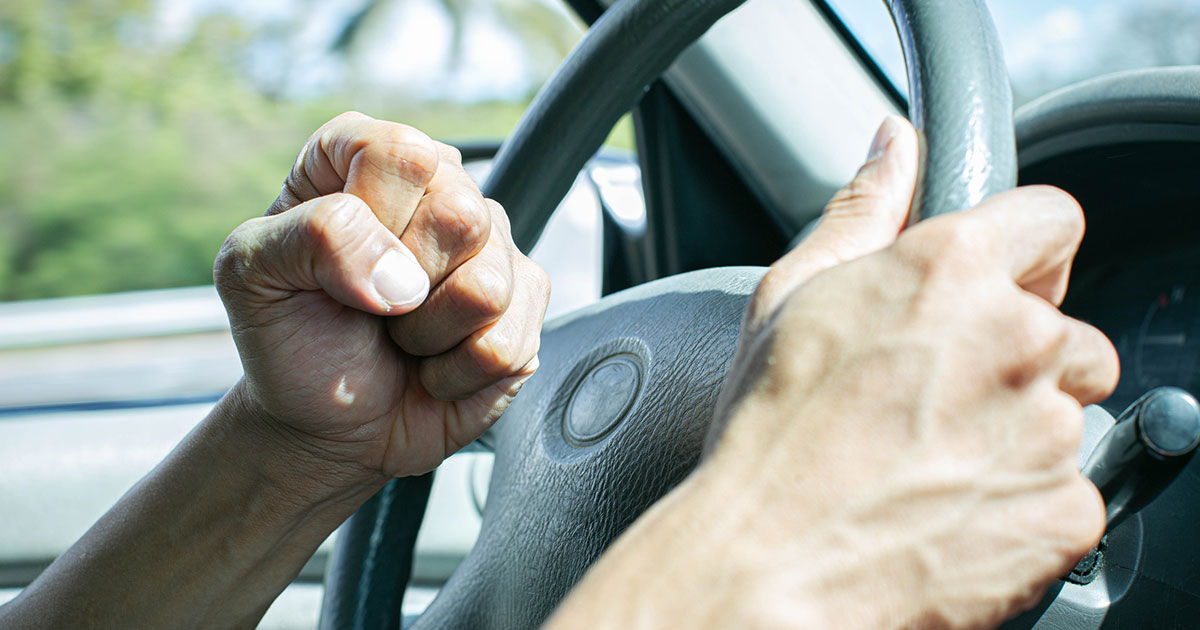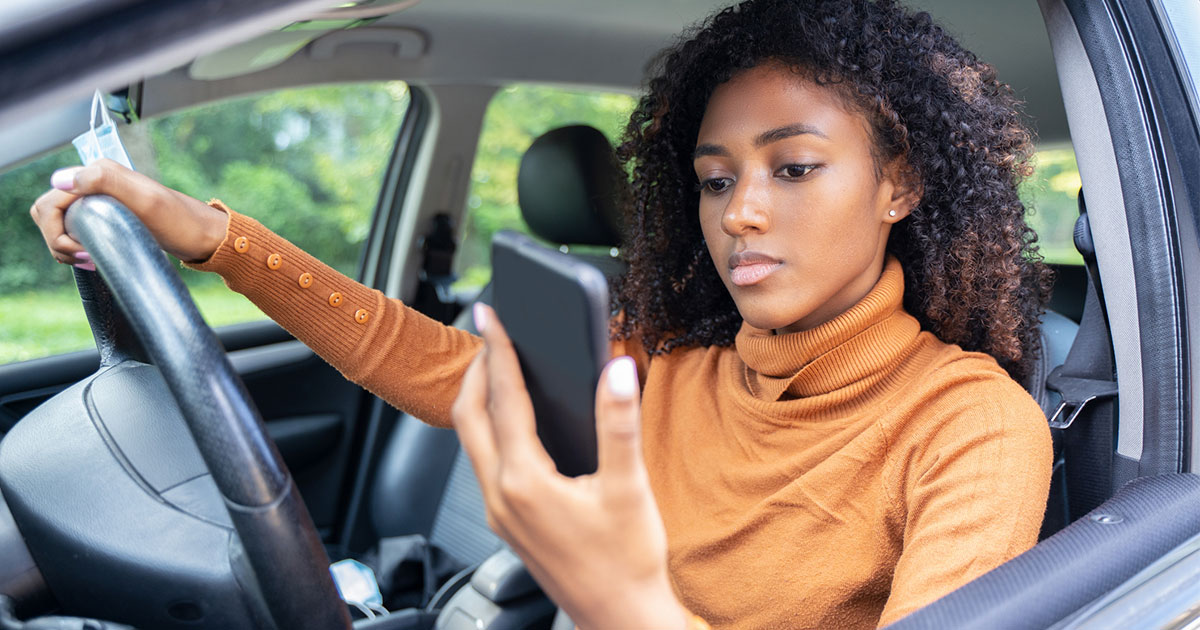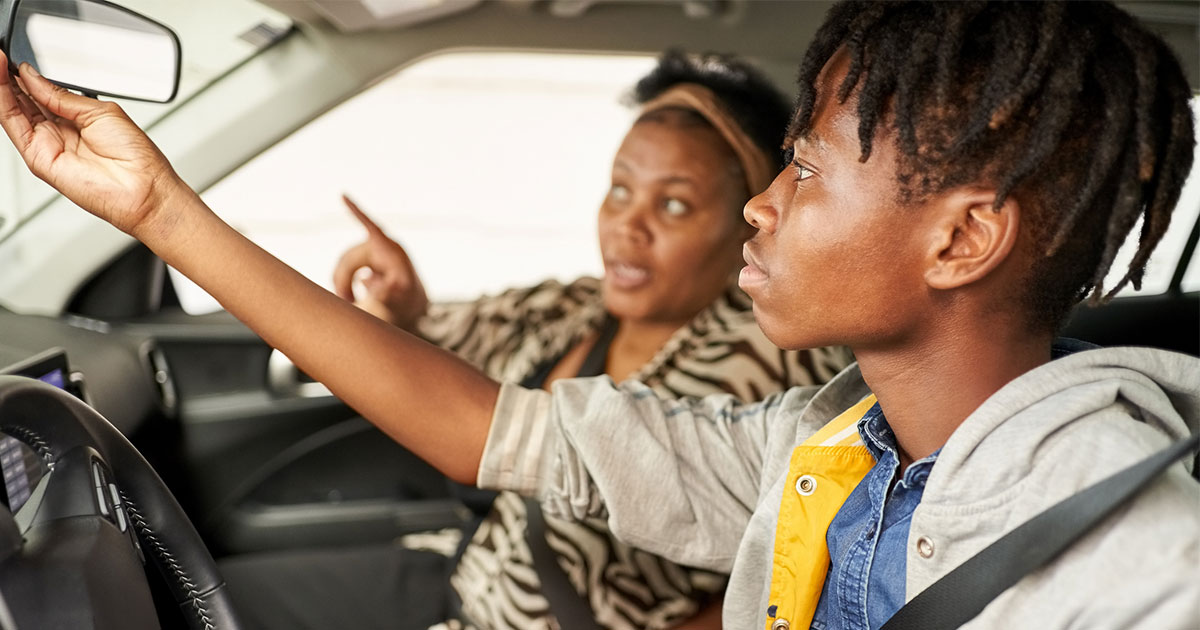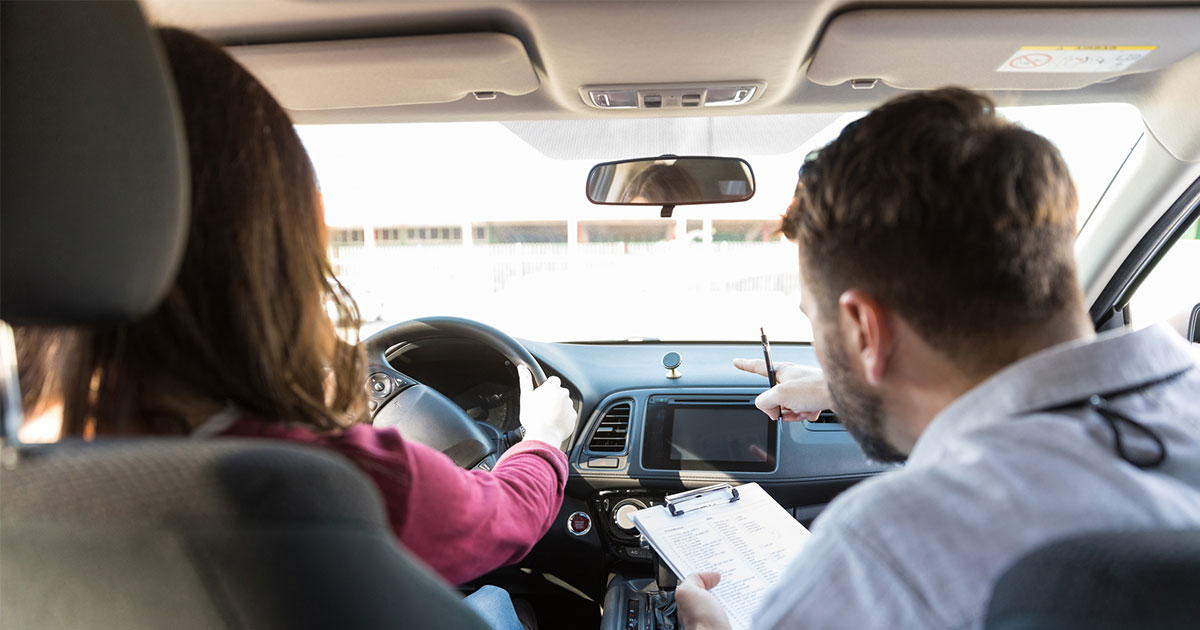So, how do you go about becoming a better driver, increasing your sense of ease without endangering yourself, those around you, or your passengers? Becoming a better driver starts with understanding your vehicle and ends with a sense of security and know-how that deeply resonates through you every time you get into the car.
Driving can be stressful if you don’t have comfortable mastery of your vehicle. Nervousness and a lack of confidence can impede your ability to operate your vehicle safely. Even worse than that, overconfident drivers are one of the leading causes of car crashes, as most car crashes take place on clear, sunny days with sober drivers.
How to Be a Better Driver
The main thing to remember when you’re working on your driving skills is that you are always going to be practicing them. In the same way that a professional athlete doesn’t stop learning their game when they sign their first contract, you will also be practicing these skills and getting better for your entire life if you do it right. But instead of increasing how many points you’ve scored or how fast you can go, you’ll be improving a much more important thing: how safe you and your passengers are.
When you’re ready to begin improving your driving skills, one of the first things you can do is learn that you aren’t a perfect driver. If you stop assuming that you are safe enough and stop relying on your confidence rather than your actual skills, you have already taken a huge step toward becoming a safer driver. This is because you’ll naturally pay more attention, which is the most important thing in becoming a safer driver.
Avoiding Overconfidence, Distraction, and Fatigue
Several mindset conditions can have significant effects on safety outcomes for drivers. Luckily, these mindsets are some of the easiest things to recognize and remediate — which can help you immediately begin improving your driving.
Aggression

The number one cause of accidents, according to the NHTSA’s Fatal Accident Reporting System, is aggressive driving. In fact, aggressive driving is involved in 56% of fatal crashes and an even greater portion of all crashes. This comes out in all the little ways that you might cut corners to get places faster. Driving too close, too fast, changing lanes without checking correctly, and just about anything that you do out of a sense of anger or inconvenience when you’re driving is likely to cause an accident.
However, by practicing keeping a cool head and resisting the urge to go faster or to cut corners, you can greatly improve your safety.
Distraction
Distraction is another major cause, being involved in approximately 8% of fatal accidents, according to the NHTSA. Distracted driving includes cases where the driver is not paying attention to the road and is instead answering texts, adjusting things in the car, or rooting around for items. It is incredibly easy to believe that this time fiddling with your phone is ok, but remember that almost no one thinks, “Oh, this will probably get me into an accident” before they crash.

By being mindful of what can cause distractions for you in your vehicle and taking your time to ensure you eliminate them, you can avoid the worst of these outcomes.
Fatigue
Driving while drunk is illegal, and society is slowly becoming more conscientious about only driving while sober. However, driving while tired is nearly as bad as driving drunk. The National Safety Council estimates that driving after going more than 20 hours without sleep is equivalent to driving with a blood alcohol concentration of 0.08%.
According to the CDC, 1 in 25 adult drivers admits that they have dozed off while driving over the past thirty days. You can avoid this by tuning into your own body – if you begin to feel drowsy, the best thing to do is pull over somewhere safe. If you can, ask someone else to drive, or get out and walk around until you’re feeling better. You can also consider taking a short nap and then drinking a beverage with caffeine, but be sure to wait at least 30 minutes before returning to the road.
Useful Driving Tips for New Drivers
Now that we’ve got you in the right mindset, let’s talk about some techniques to use while you’re driving.
Steering Wheel Handling
The old advice for driving was to keep your hands at the 10 and 2 positions on a clock. However, further review has led to an update of this advice: keep your hands at 9 and 3 or even 8 and 4. This has a few benefits.
First, this more relaxed position keeps your muscles ready to respond when you need them and gives a good range of motion for making turns and evasive maneuvers. Keeping your arms straight or toward the top of your wheel can lead to them getting tired and crampy. This may mean they’re not as ready to respond, increasing your reaction time.
The other thing lowering your hand position can do is enable you to maintain the visibility of your speedometer and other indicators. That means you can monitor your speed, any car-related alerts, and other information provided by your car. You’ll also be more likely to remember to use your turn signals, a very important part of driving safely.
Mirrors, Tint, and Blind Spot Monitoring
Before you take your car out of park, make sure to check your mirror alignment. While most people keep their mirrors in place, over time, the vibrations of your vehicle on the road can cause them to move. Your side view mirrors should just barely show the sides of your car, and you should have a clear view through the rear. This helps to minimize your blind spots.

DIY window tint improves a driver’s ability to see the road by shielding the eyes from the sun’s glare. This enables you to more easily avoid potential hazards. As you are driving, you should check your blind spots periodically, even if you don’t intend to change lanes or make another maneuver right away. That way, if something occurs that you need to react to quickly, you have some idea of what’s going on around you and can escape safely.
Parking
Once you have your mirrors and visibility handled and you’re using your steering wheel correctly, parking becomes much smoother. Still, it is important to ensure that you are using your turn signals to let everyone know what you’re doing. This can help you avoid getting sideswiped by someone changing lanes or rear-ended by someone who is unaware you’ve stopped to navigate into a parking space.
It’s also worth thinking about whether you might want to park on a less busy street. While slightly less convenient, you may save time and trouble in the long run.
Eliminating Distractions
It’s also important to make sure you aren’t distracted behind the wheel while driving. Here are a few ways to eliminate distracted driving.
First, make sure to set your phone up before getting on the road. Before you turn on the car, choose your music playlist, enter your destination into your GPS, and take a moment to answer any texts or emails that you need to before you get underway.
Second, it’s best to put your phone into driving or ‘Do Not Disturb’ mode to avoid temptation. If something comes up and you do find you need to talk on the phone, send an email, or even locate something in your car, pull safely into a parking lot, rest stop, or exit. In less than a few minutes, you can usually find a safe place to park, deal with whatever comes up, and then get back underway.
Third, if you have passengers, let them take care of the music and navigation while you’re driving. Tell your co-pilot that they are in charge and leave the tasks for them. Just be careful other passengers in the vehicle don’t become a distraction themselves.
Monitor Speed
As you go faster, your car becomes more lethal, and you also have less time to make corrections in the event of an emergency. By continuously watching your speed and ensuring you leave enough space between your car and the car in front of you, you can significantly reduce your risk of accidents.
To appropriately gauge whether you are going too fast or following too closely, consider the following:
- How far do you need to stop completely at this speed? Many state laws require you to leave one car length for every ten mph of speed.
- What if an animal or person runs across the road or the weather changes? Will you be able to maneuver safely to avoid it without striking other cars?
- If the speed limit seems too low, what hidden problems exist on this road that I haven’t seen yet?
- Are weather, road conditions, construction, or car conditions impacting your ability to stop and maneuver normally?
After considering these factors, you will be able to think more deeply about the posted speed limit and the adjustments you might need to make depending on the conditions. After all, going five mph faster will only save you a minute or two over the course of an hour, but a crash will delay you by hours and hours and risk your life.
Defensive Driving Courses: Teaching Better Driver Techniques

A defensive driving course is an excellent option for anyone looking to improve their driving skills. Defensive driving courses cover many of the most common reasons people experience accidents and give you space to practice avoiding them.
In addition to making you a better driver, there are a few other benefits to having a defensive driving course on your record:
- Reduces Insurance Rates – Having a documented defensive driving course that your state accepts on hand can get you a reduction in your insurance rates.
- New Work Possibilities – Certain jobs require defensive driving training before they will allow you to use a vehicle as part of your job. This is in addition to any other certifications required for a particular vehicle.
- Removing Points From Your License – If you have gotten tickets in the past and have points on your license, a defensive driving course can help you eliminate points on your license.
The Importance of Being a Better Driver
If you practice and maintain good driving habits, you’ll keep yourself, your passengers, and other drivers safer on the road.
In addition, you may be pleasantly rewarded with other improved outcomes on the road, including the following:
- Avoiding Tickets and Fines – Improving your driving skills and being mindful of your speed can help you avoid traffic violations and their associated fines
- Better Insurance Rates – Your insurance rates may fall and remain lower as you continue to show a clean driving record.
- Improved Car Durability – Making fewer extreme driving decisions and evasive maneuvers can result in less overall wear and tear on your car, saving you money on repairs and helping your car last longer.
- Improved Safety – Of course, you can drastically reduce the risk of serious injury or death by driving safer. This can save you not only pain and heartbreak but also a great deal of money.
Stay Safe in Your New Ride

If you are just getting started with your car ownership journey, getting informed about all things auto is crucial. From DIY car maintenance and driving more safely, to fun car enthusiast topics and car history, follow the Red Mountain blog for updates. Additionally, shop our online store for car t-shirts, tote bags, hats, stickers, and more.
I’m a kid at heart disguised as an auto researcher and business owner. I’ve always enjoyed providing insight in the form of reviews (anime, video games, autos, etc.) When I’m not researching, I’m spending time with my family, driving my Dodge Challenger, riding my motorcycle, and finding new entrepreneurial pursuits.


